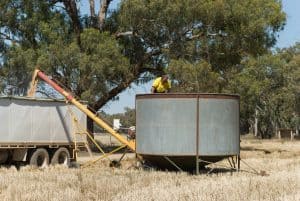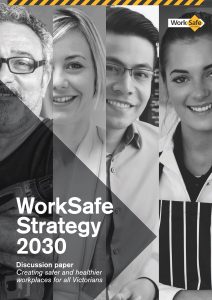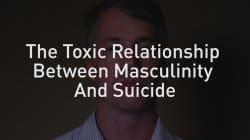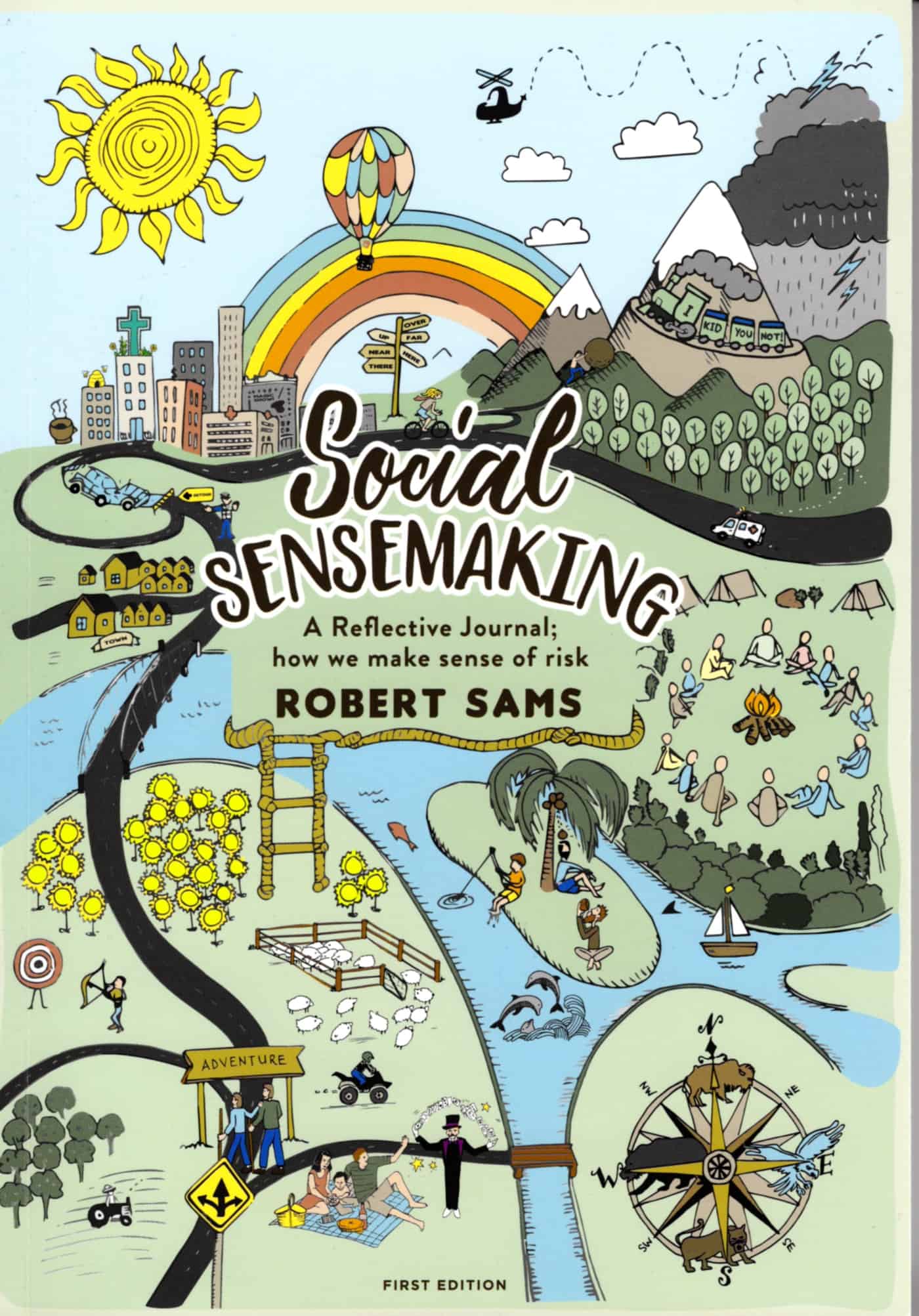 This week is Farm Safety Week in Australia. This means that a lot of organisations will be issuing media releases about how to either, improve safety performance (ie. reduce harm) or raise awareness of risks and safety. What is likely to be missing from the information is practical information. This is partly because of the unique nature of farmers – isolated, small businesses, politically conservative and working from home.
This week is Farm Safety Week in Australia. This means that a lot of organisations will be issuing media releases about how to either, improve safety performance (ie. reduce harm) or raise awareness of risks and safety. What is likely to be missing from the information is practical information. This is partly because of the unique nature of farmers – isolated, small businesses, politically conservative and working from home.
Safe Work Australia
On the first day of the week Safe Work Australia (SWA) released an


 Recently Huffington Post Australia posted a video about male suicides called “Men are killing themselves to be real men”. Many of the speakers talked about their experiences at work or with work. The video is highly recommended.
Recently Huffington Post Australia posted a video about male suicides called “Men are killing themselves to be real men”. Many of the speakers talked about their experiences at work or with work. The video is highly recommended.
 The media is full of lists of Christmas reading, usually in order to sell books. Below is a selection of the safety-related books that are in my Summer reading pile. (No, I am not going to list the Batman comics or Star Trek books. That would be embarrassing.)
The media is full of lists of Christmas reading, usually in order to sell books. Below is a selection of the safety-related books that are in my Summer reading pile. (No, I am not going to list the Batman comics or Star Trek books. That would be embarrassing.)